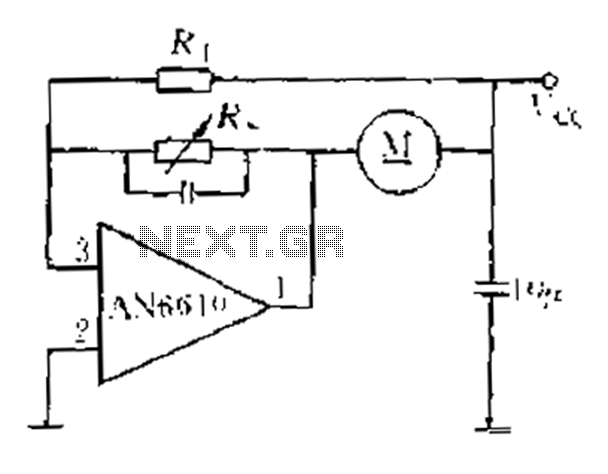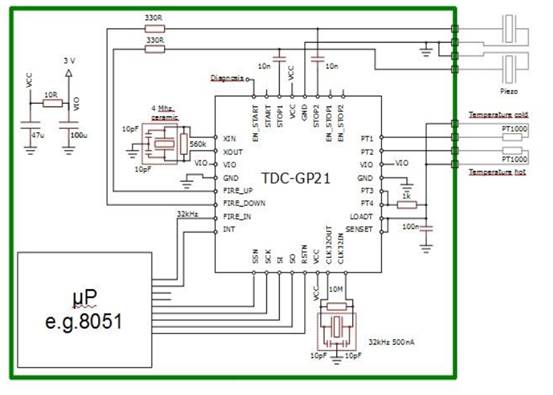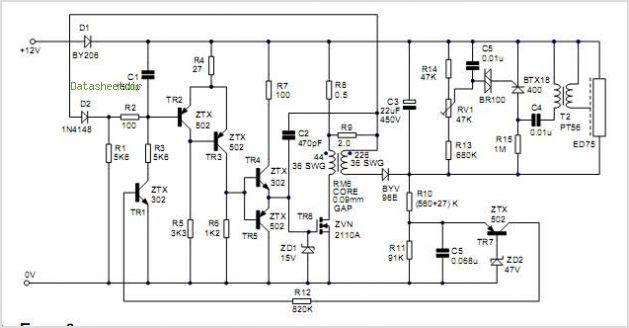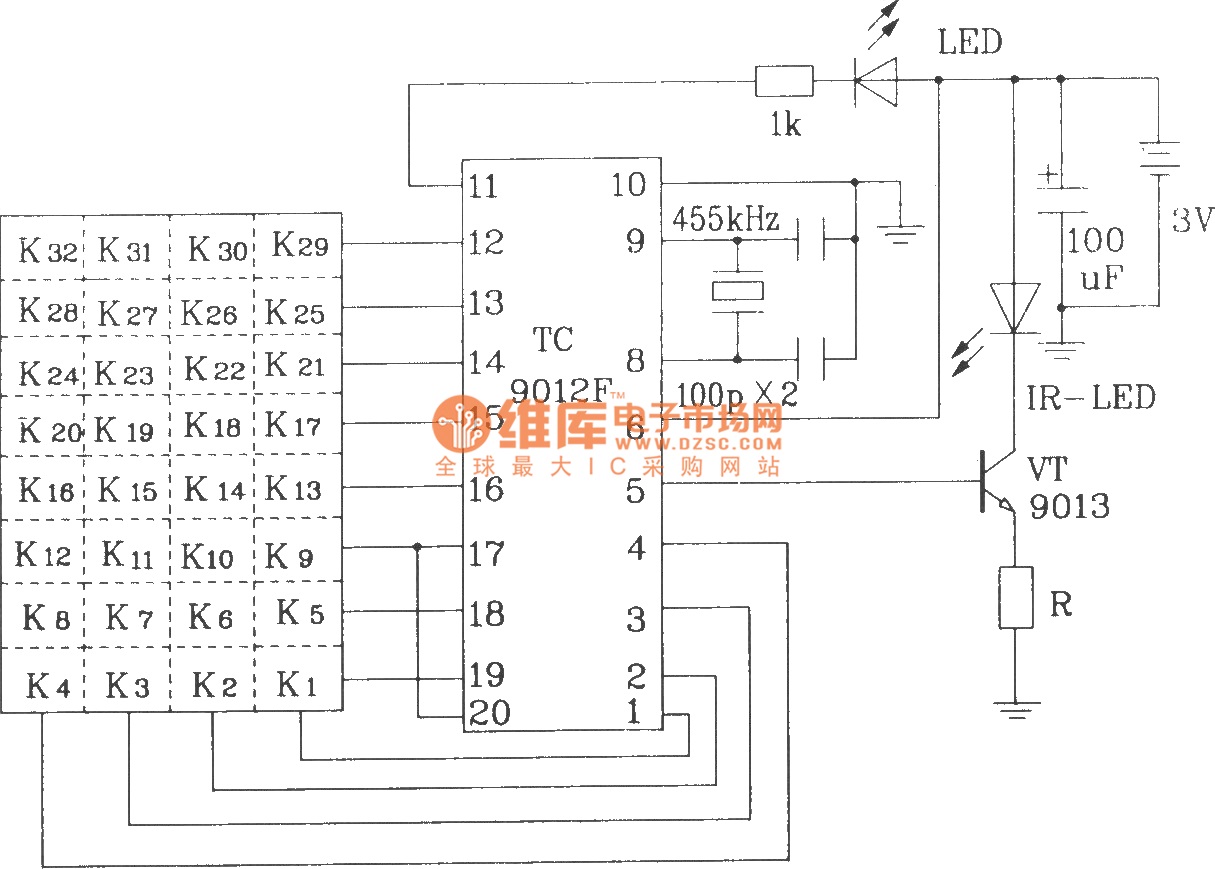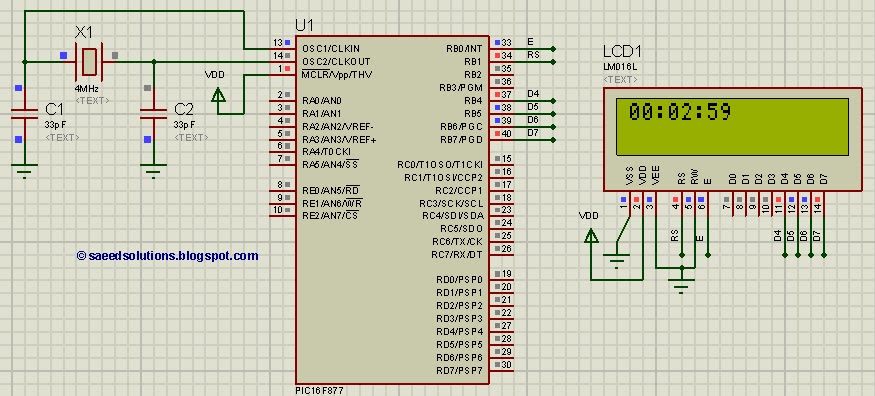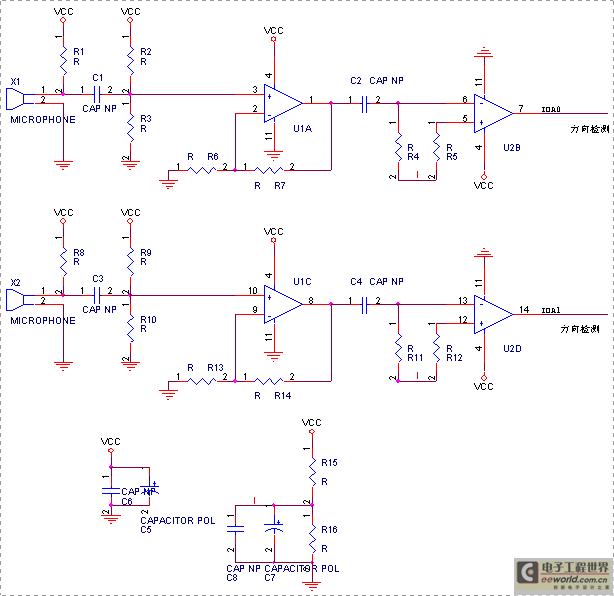
WLoader - a 16f877 application loader
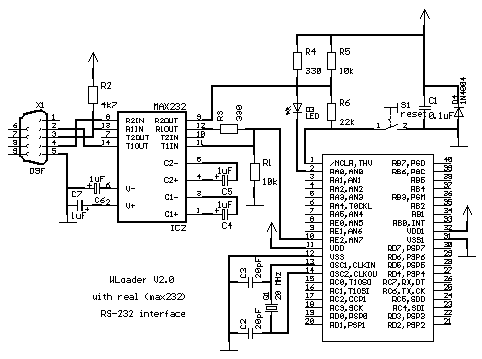
If the piclist is any indication, the 16F877 seems to be the new favorite hobby microcontroller, a position that used to be occupied by the 16F84/16C84. Compared to its older brethren, the 16F877 has much more to offer at around twice the price. As for all Microchip controllers, the datasheet (PDF) and the MPLAB assembler IDE are available for free. (Microchip keeps changing its website, so when these links turn out to be invalid, you might have to look around a little.)
The PIC16F877 microcontroller is an 8-bit device from Microchip Technology, widely utilized in hobbyist and professional projects due to its robust features and capabilities. It is part of the PIC16 family and offers a significant upgrade over its predecessors, the PIC16F84 and PIC16C84, primarily in terms of memory, I/O pins, and integrated peripherals.
The PIC16F877 features a 14-bit instruction set architecture, allowing for efficient programming and execution. It includes 368 bytes of RAM, 256 bytes of Electrically Erasable Programmable Read-Only Memory (EEPROM), and 32 I/O pins that can be configured for various functions, including digital input/output and analog input through its integrated ADC (Analog-to-Digital Converter).
One of the key advantages of the PIC16F877 is its enhanced performance with a maximum clock speed of 20 MHz, allowing for faster processing and execution of instructions. It also supports a wide range of operating voltages, typically between 2.0V to 5.5V, making it versatile for different applications.
The microcontroller is equipped with several built-in peripherals, such as timers, PWM (Pulse Width Modulation) outputs, and a serial communication interface (USART), which facilitate various functionalities like motor control, signal generation, and communication with other devices or microcontrollers. The integrated watchdog timer adds an extra layer of reliability by resetting the microcontroller in case of a malfunction.
Programming the PIC16F877 can be accomplished using the MPLAB IDE, which provides a comprehensive environment for writing, debugging, and simulating code. The availability of extensive documentation, including datasheets and application notes, aids in the development process.
In summary, the PIC16F877 microcontroller represents a significant advancement in the PIC16 series, offering enhanced capabilities for both hobbyists and professionals. Its combination of memory, processing speed, and integrated features makes it a versatile choice for a wide range of electronic projects.If the piclist is an any indication the 16f877 seems to be the new favorite hobby microcontroller, a position that used to be occupied by the 16f84/16c84. Compared to is older brethren the 16f877 has much more to offer at around twice the price. As for all Microchip controllers the datasheet (pdf) and the MPLAB assembler IDE are available for free.
(Microchip keeps changing its website, so when these links turn out to be invalid you might have to look around a little.) 🔗 External reference
The PIC16F877 microcontroller is an 8-bit device from Microchip Technology, widely utilized in hobbyist and professional projects due to its robust features and capabilities. It is part of the PIC16 family and offers a significant upgrade over its predecessors, the PIC16F84 and PIC16C84, primarily in terms of memory, I/O pins, and integrated peripherals.
The PIC16F877 features a 14-bit instruction set architecture, allowing for efficient programming and execution. It includes 368 bytes of RAM, 256 bytes of Electrically Erasable Programmable Read-Only Memory (EEPROM), and 32 I/O pins that can be configured for various functions, including digital input/output and analog input through its integrated ADC (Analog-to-Digital Converter).
One of the key advantages of the PIC16F877 is its enhanced performance with a maximum clock speed of 20 MHz, allowing for faster processing and execution of instructions. It also supports a wide range of operating voltages, typically between 2.0V to 5.5V, making it versatile for different applications.
The microcontroller is equipped with several built-in peripherals, such as timers, PWM (Pulse Width Modulation) outputs, and a serial communication interface (USART), which facilitate various functionalities like motor control, signal generation, and communication with other devices or microcontrollers. The integrated watchdog timer adds an extra layer of reliability by resetting the microcontroller in case of a malfunction.
Programming the PIC16F877 can be accomplished using the MPLAB IDE, which provides a comprehensive environment for writing, debugging, and simulating code. The availability of extensive documentation, including datasheets and application notes, aids in the development process.
In summary, the PIC16F877 microcontroller represents a significant advancement in the PIC16 series, offering enhanced capabilities for both hobbyists and professionals. Its combination of memory, processing speed, and integrated features makes it a versatile choice for a wide range of electronic projects.If the piclist is an any indication the 16f877 seems to be the new favorite hobby microcontroller, a position that used to be occupied by the 16f84/16c84. Compared to is older brethren the 16f877 has much more to offer at around twice the price. As for all Microchip controllers the datasheet (pdf) and the MPLAB assembler IDE are available for free.
(Microchip keeps changing its website, so when these links turn out to be invalid you might have to look around a little.) 🔗 External reference
